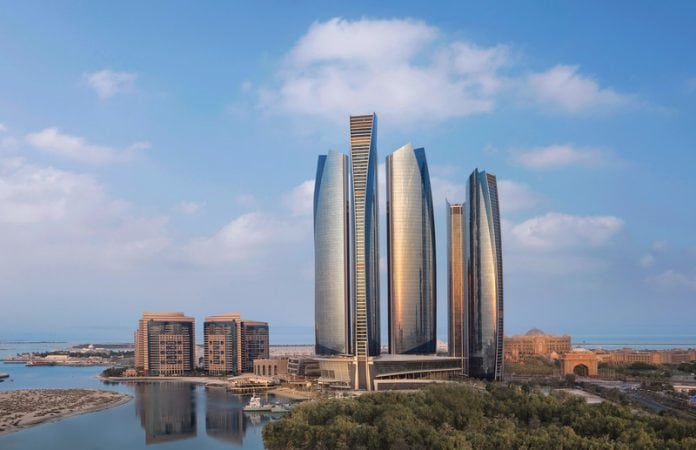
Where the energy business takes place is now redefined by new fundamental shifts in the oil and gas industry.
Triggered by low oil prices, such strategic changes are redrawing the energy industry corporate location map. In the same time, they have a profound impact on commercial real estate markets in many cities across the oil producing nations.
Major energy hubs are facing a glut of vacant office space following waves of layoffs and mergers that have rocked the oil and gas industry over the past two years. But as the industry modernizes, other opportunities are being created.
A booming downstream sector, coupled with glimmers of potential from renewables, are fostering the development of new energy corporate location clusters rich in both natural resources and the other resource of premium value to this industry: professional talent.
Here are a few key ways that energy companies are adjusting their real estate strategies to adapt to oil and gas real estate market conditions, and reflect the changing face of today’s workforce.
Traditional energy hubs prepare for long recovery
In the low oil price environment of the past two years, the downsizing of white collar positions in oil and gas companies has caused an unprecedented flood of office space to hit the market. And while signs point to oil prices stabilizing, it could take two to three years for the real estate market to recover in cities like Abu Dhabi.
For the recovery to take hold, crude oil prices will need to stabilize. Energy companies will then expand capital budgets, grow headcount and work through excess office space before returning to expansion mode.
Oil and gas companies shed sprawling campuses for smaller, flexible spaces
Oil and gas companies are at a critical juncture to move toward slimmer, more flexible real estate portfolios that address the reality of tighter budgets and a more modern workforce which embraces flexible working and collaboration.
A newer, leaner oil and gas industry will emerge from the down cycle, and it’s only natural that real estate strategies will follow that trend. For energy companies that need to cut costs and reduce excess space, subleasing remains the primary option.
Today’s market conditions are ripe for opportunistic companies to move to new space with more efficient layouts and flexible lease terms. Co-working has also emerged as an option for energy companies.
New renewable energy hubs emerge
While it still accounts for a small proportion of the total UAE energy portfolio, the renewable energy sector is picking up steam.
Further expansion in the renewable and clean tech industry is expected, as wind and solar become increasingly cost competitive. Demand for both office and industrial real estate in new locations will follow.
While the market is currently decentralized, Dubai and Abu Dhabi may become the next renewable energy hubs as the opportunities for development in solar and wind are actively explored.
Road to recovery
In the immediate future, the energy sector’s road to recovery is paved with challenges, creating both headwinds and opportunities as commercial real estate markets adapt to volatile conditions.
As new markets continue to emerge and recovering clusters are nursed back to health, the industry’s footprint will continue to evolve and meet the changing needs of tomorrow’s energy companies.

































